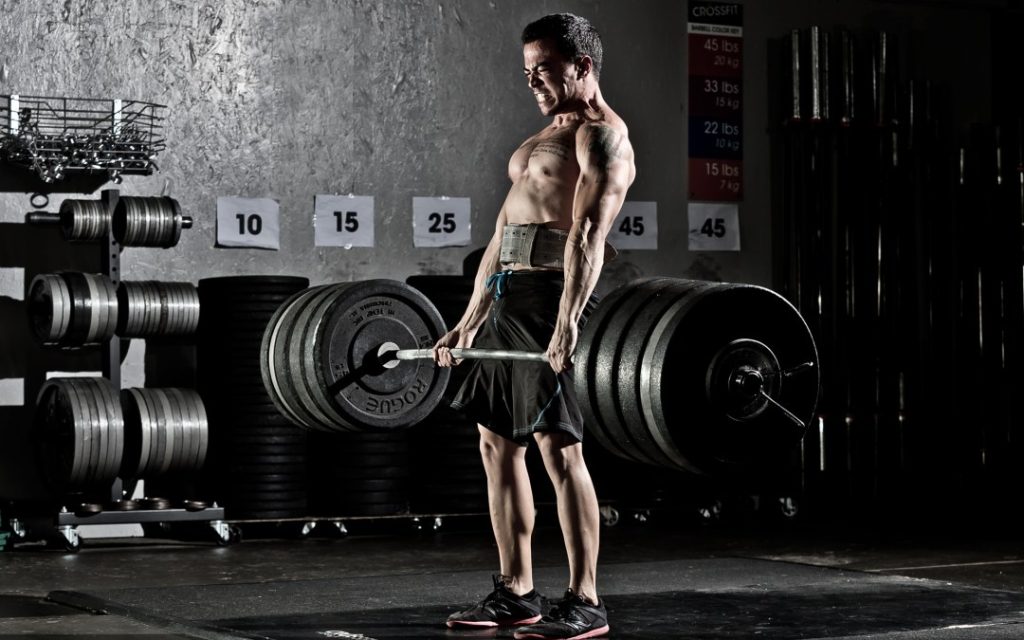Since the dawn of the CrossFit Games in 2008, it has become an age old question:
“Is GPP (general physical preparedness, the model CrossFit.com follows) programming enough, or should I be doing specific strength training, too?”
Initially, born from this question was the CrossFit Strength Bias (CFSB) program.
In this program, athletes were asked to complete a main lift for the day, followed by a workout.
Nowadays, I’d estimate 2 out of every 3 boxes follow this methodology at least a couple of times a week.
And, you’d be hard pressed to find any of the most common competitive CrossFit programs not programming daily strength training.
MisFit, CompTrain, and Invictus program specific strength work at least 4 times a week.
They obviously prioritize it. Should you?
This article will walk you through a case for and against adding additional strength training to your CrossFit training.
Related: Active Recovery WOD is the key to optimizing your CrossFit Programming
Should CrossFitters Train For Strength?

As is the case with most fitness-related questions, two factors come into play when answering this question.
What are your goals?
If your goals with CrossFit are simply to stay fit, enjoy your gym’s community, and get regular exercise, perhaps you don’t need additional strength training. But if your goal is to be more muscular, PR on your big lifts like the squat and press, or clean, then you need to adopt a strength program.
How strong are you now?
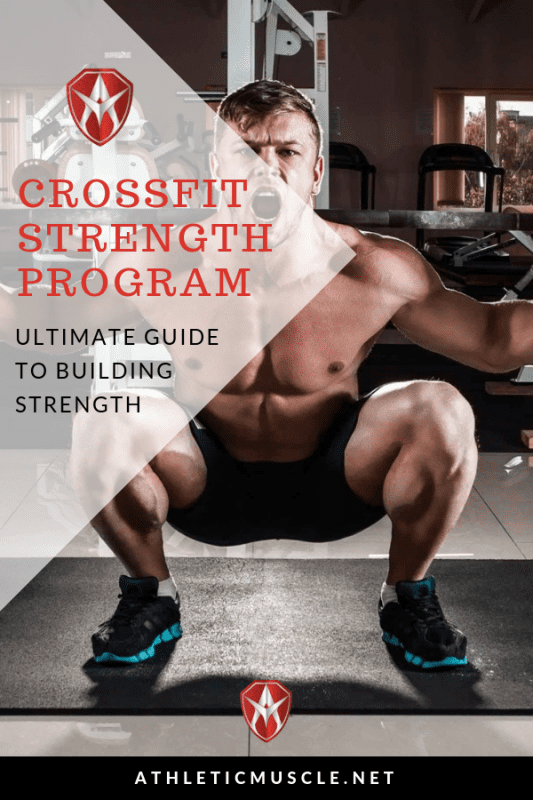
There are certainly charts available to help you answer this question, but an even easier way to answer it is to look at your WOD performances. What movements tend to hold you back the most? If you are stymied by heavy thrusters but breeze through bodyweight and cardio movements, additional strength training might help you.
It really does come down to your goals and training experience.
If you want to perform well in the CrossFit Open, you must be able to handle a heavy barbell in the context of a full workout.
In that case, it’s probably a good idea to prioritize strength work.
If CrossFit is more recreational for you, and you are happy with your lift numbers and muscle size, then extra strength training probably isn’t worth your time.
CrossFit Strength Training Benefits
 Separate from CrossFit, let’s first look at the benefits of regular strength training. By regular lifting heavy weights, you will:
Separate from CrossFit, let’s first look at the benefits of regular strength training. By regular lifting heavy weights, you will:
- Increase muscular strength (how much you can lift) and hypertrophy (the size of your muscles)
- Increase tendon and ligament strength
- Keep your joints healthy
- Increase bone density and muscle tissue
- In older athletes, delay or offset the aging process
In a CrossFit setting, strength training will offer the following benefits:
- Increased muscular endurance with lighter weights during WODs (If your back squat goes up 50lbs, movements like thrusters will feel a lot easier)
- Higher 1RMs on the main lifts like the squat, deadlift, press, bench press, snatch, and clean.
- Increased durability of muscles, tendons, and ligament tissue
By engaging in regular strength training, you can eliminate many of the fundamental movements in CrossFit as weaknesses.
The good news is that the main lifts are all transferable to other movements, meaning that a heavier back squat PR will benefit multiple movements in the sport of CrossFit.
What Exercises Should Be Included In A Strength Program?
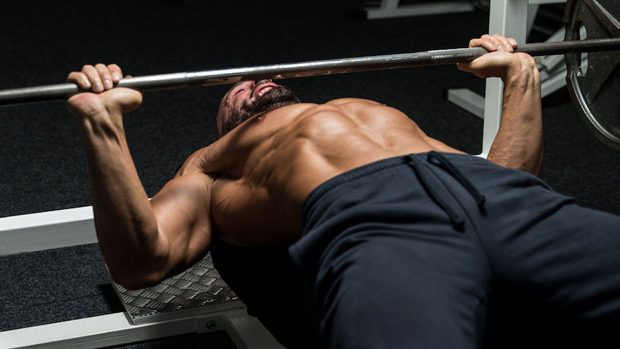
Another old adage to be abided by here: K.I.S.S.- AKA, keep it simple, silly.
Don’t overthink the exercises you are adding.
Simply stick with the fundamental, compound movements that make up most of CrossFit already.
To make sure we’re on the same page, those lifts are:
- Back squat
- Front squat
- Bench press
- Deadlift
- Press, push press, push jerk
- Snatch
- Clean and Jerk
My suggestion would be to group these movements into 2 pairings: the “power lifts” and the “Olympic lifts”.
Compound, slower movements like the back and front squat, deadlift, bench press, and overhead press stay together while the faster, explosive movements like jerk and snatch stay together.
Implementing Strength Program Into Your Training?
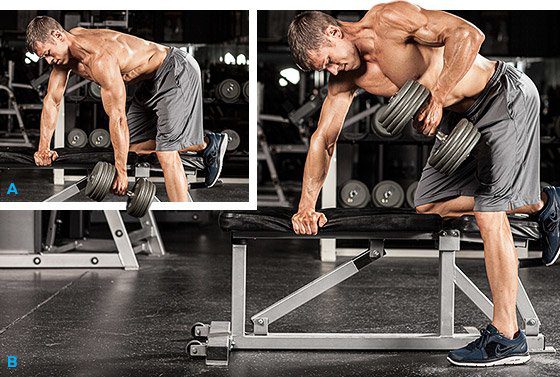
This is probably the most important section of the whole article, so be sure to read it closely.
If you’ve decided that adding more strength training to your routine is appropriate given your goals and experience, you need to be careful and start off slow.
All the training you are already doing acts as a stress on your body.
Hopefully you have been CrossFitting for a while, so you are mostly adapted to it.
But given the nature of CrossFit (to be unpredictable), there will be training weeks where you still walk around sore all the time.
Don’t think that simply add more on top of more will get you any results.
Adding in a ton of strength training right away is a bad idea. It almost always leads to injury and/or a major dip in performance.
Instead, it’s best to supplement your program with extra barbell weightlifting.
Even if you do it first, still think of it like accessory work.
Here’s a general idea of what you might do:
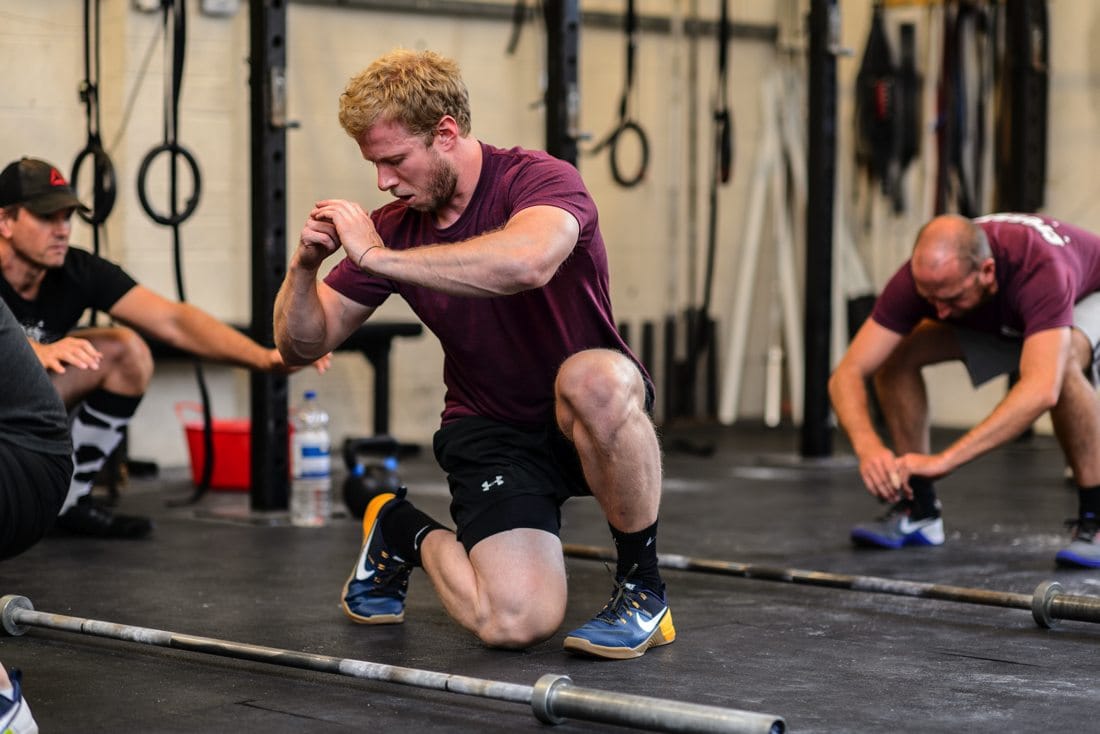
Take 6-8 weeks and pick 3 barbell movements you’d like to improve and progressively adding small (2.5-5lbs) amounts of weight each week based on your 1RM.
Start at 60-65% of your 1RM for the lift, and complete between 3-6 sets before or after your training session each week. T
o standardize it further, add a clock and treat it like an EOMOM workout.
Simple: 3 lifts, 15 sets throughout the week, for 6 weeks.
The point here is that you don’t add too much at once.
“Too much” could be too many movements, too much weight, too many sets, or too many reps.
Once a week for 6 weeks is a good starting point, and as you adapt to the extra lifting, you may get a feel for what you can get away with while still completing WODs.
CrossFit Strength Training For Beginners

The above section is a good place to start, but for beginners, here’s probably the best thing you can do:
First and foremost, make sure you have a good coach watching you until you are comfortable with each lift.
The last thing you want to do is reinforce bad movements early on in your progression, as it will only take longer to fix them later on.
You can also add some strength training books and CrossFit books to your library to help speed up the learning curve.
Like the teachers always said, “Knowledge is power”.
Plan to hit 5 sets of 5 reps before your WOD or main workout each training day.
Pick 1 lift, such as the back squat, and hit your 5 sets based on these percentages:
5 reps of:
- Set 1: 30-50% (warm up)
- Set 2 40-55% (warm up)
- Set 3 60-65%
- Set 4: 65-70%
- Set 5:65-70%
Each week for 6-8 weeks, add between 2.5-5% to the lift.
Focus on technique and leaving that session having completed 25 solid reps of your chosen lift.
The consistency is where the magic happens when you first starting lifting, and you will be surprised at how quickly you progress.
Related: Foam Rolling vs Stretching – Know when to use each method
CrossFit Strength Program Template
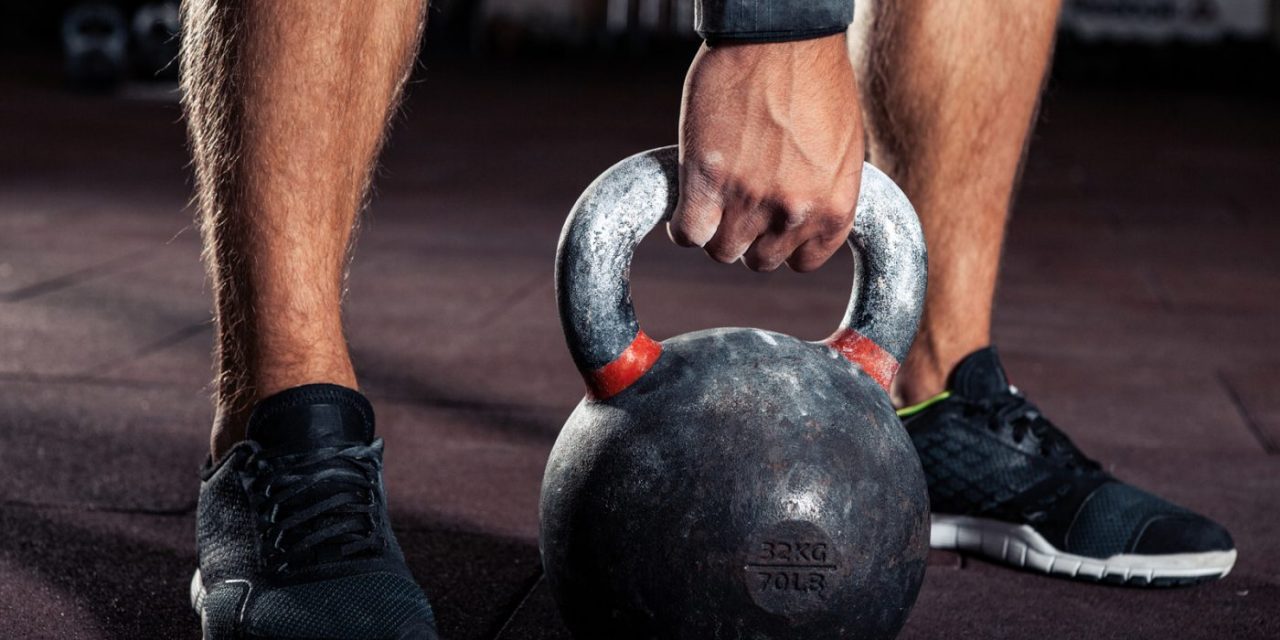
Use the guidelines from above, but experiment with different numbers of reps and sets. Pick one “core” lift each training day, and complete between 15-40 solid reps TOTAL of that movement.
Some common sets and rep schemes you could use:
- 3 sets of 3 reps (with adequate warmup)
- 5 sets of 3 reps
- 3 sets of 5 reps, adding weight each set
- 3 sets of 5 reps, fixed weight (warm up first)
- 3 sets of 8 reps
- 5 sets of 10 reps, lighter weight (focus on speed)
- 12 sets of 2 on a running clock (:30, 1 minute, etc)
- EMOM or EOMOM sets
- Short intervals (i.e. complete as many reps in 20 seconds of….)
As you become advanced, you may choose to pair a “slow” (squat, bench, etc.) lift with a “fast” (snatch or clean) workout.
You can invert the percentages here, doing a “dynamic effort”- focus on speed and technique with light weights- day with one while going heavy on the other.
This will allow you to get two main lifts in while still having enough in the tank to hit a WOD with the class.
If you have been in the CrossFit game for a few years, I’d recommend you take a look at how some of the best coaches in the world fit strength training into their programming puzzles. MisFit, CompTrain, and Invictus are good places to start.
Remember, the key is to ease into it if you haven’t been doing strength training already.
You can choose to ignore this advice, but if you get injured and can’t train for 3 weeks, your efforts to progress faster will be done in vain
Think in terms of how many additional reps you are completing over the course of a week of training, and how that fits into the larger puzzle of your training sessions.
CrossFit Strength Wods
Here are 4 strength-focused CrossFit WODs for you try.
They emphasize going heavy, hard, and fast. If you can’t complete any of these workouts in under 30 minutes, then you know strength is probably an area you should work on:
#1. Deadlifts, Box Jumps, Ring Dips
For Time:
21-15-9 of:
- 225/185lb deadlifts
- 24″ box jumps
- Ring Dips
#2. “Heavy DT” from the 2015 CrossFit Games
5 Rounds For Time:
- 12 Deadlifts
- 9 Hang Power Cleans
- 6 Push Jerks
Barbell weight: 205lbs
#3.”Heavy Front Squats, KB Swings, Run”
3 Rounds For Time:
- 8 Front Squats, 70% of your 1RM
- 12 KB Swings, 70lbs
- 400m Run
Finally, here’s a good workout to test how your strength holds up to a workout that truly separates seasoned CrossFit athletes from the rest of the pack:
#4.Kalsu
On the minute (until you complete 100 reps of thrusters).
- 5 burpees
- Max thrusters (135/95lbs)
At the top of each minute, complete 5 burpees before returning to thrusters.
Conclusion
Adding strength training to your CrossFit program puzzle is a complicated topic.
Simply put, if your CrossFit performance or aesthetic goals align to doing more strength training, go for it.
Just remember, you’re adding stress on top of stress and it will take some time for your body to adapt.
When considering what kind of movements to add, keep it simple.
Use the main “powerlifts” like the squat, bench press, press and deadlift as well as the Olympic lifts like the clean and snatch.
The easiest way to program these lifts when you are starting out is to revert back to the approach CrossFit Strength Bias took back in 2008.
Add one lift per training day to whatever else you would’ve done.
When adding strength in, consider the total number of reps you are completing each week on top of your normal workout.
This will help shape your perspective on when enough is enough.
Overall, strength training should be challenging, enjoyable, and beneficial for your CrossFit goals.
If you aspire to do well in the sport, you’re better off not waiting much longer.
This guide will not only help you get started, but progress as time goes on. Enjoy!

